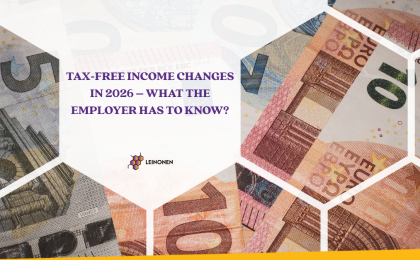Amendments to the legislation emphasize that the buyer of goods must be registered as a VAT payer in another Member State in order to apply the 0% VAT rate to goods delivered to other EU countries. There has been a divergent practice in different EU countries whether a VAT code is mandatory but now this provision is in the VAT Directive. Other mandatory conditions are that the goods must be moved outside the Member State and that the sale of the goods must be included in the report on supplies of goods and/or services to other Member States (VIES).
The legislation specifies what evidence should be collected for the movement of goods to another EU Member State.
| I group | II group | III group |
Documents directly related to the movement of goods: o CMR; | Documents indirectly related to the movement of goods: o insurance policy related to | Confirmation by the buyer that the goods have been shipped by the buyer in its own name or by a third party on its behalf and it must contain this information: o EU country of destination of the goods; o the date of issue of the buyer‘s confirmation; o kind and quantity of goods; o the name and address of the buyer; o the date and time of the arrival of the goods; o the identity of the person accepting the goods on behalf of the buyer; o if the vehicle ir used, the vehicle‘s identification number. |
1. The goods are transported by the supplier or on its behalf by a third
party
· one evidence from I group + one evidence from II group;
· two evidences from I group.
2. The goods are transported by the buyer or on its behalf by a third party
· one evidence from I group + one evidence from II group + III group‘s evidence
· two evidences from I group + III group‘s evidence
We would like to note that the buyer‘s confirmation (III group document) must be submitted by the 10th day of the month following the shipment.
Furthermore, the evidences must not be contradictory and must be issued by 2 different parties, independent of the seller, the buyer and each other.
It is important to note that the inability to collect supporting evidence according to the requirements of the new regulation, leaves room for justification for applying the 0% VAT rate using the old way.
However, previously applicable requirements are not abolished, i.e. the Company may still collect the same documents as previously. However, the previously applicable requirements were not so particular, therefore, there were cases when the Tax Administrator challenged the documents collected or required to submit a lot of additional information.
The information above is prepared by the Leinonen Lithuania Tax Team




